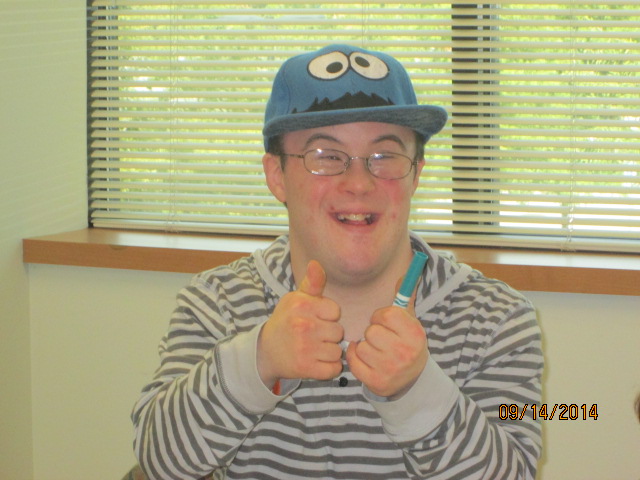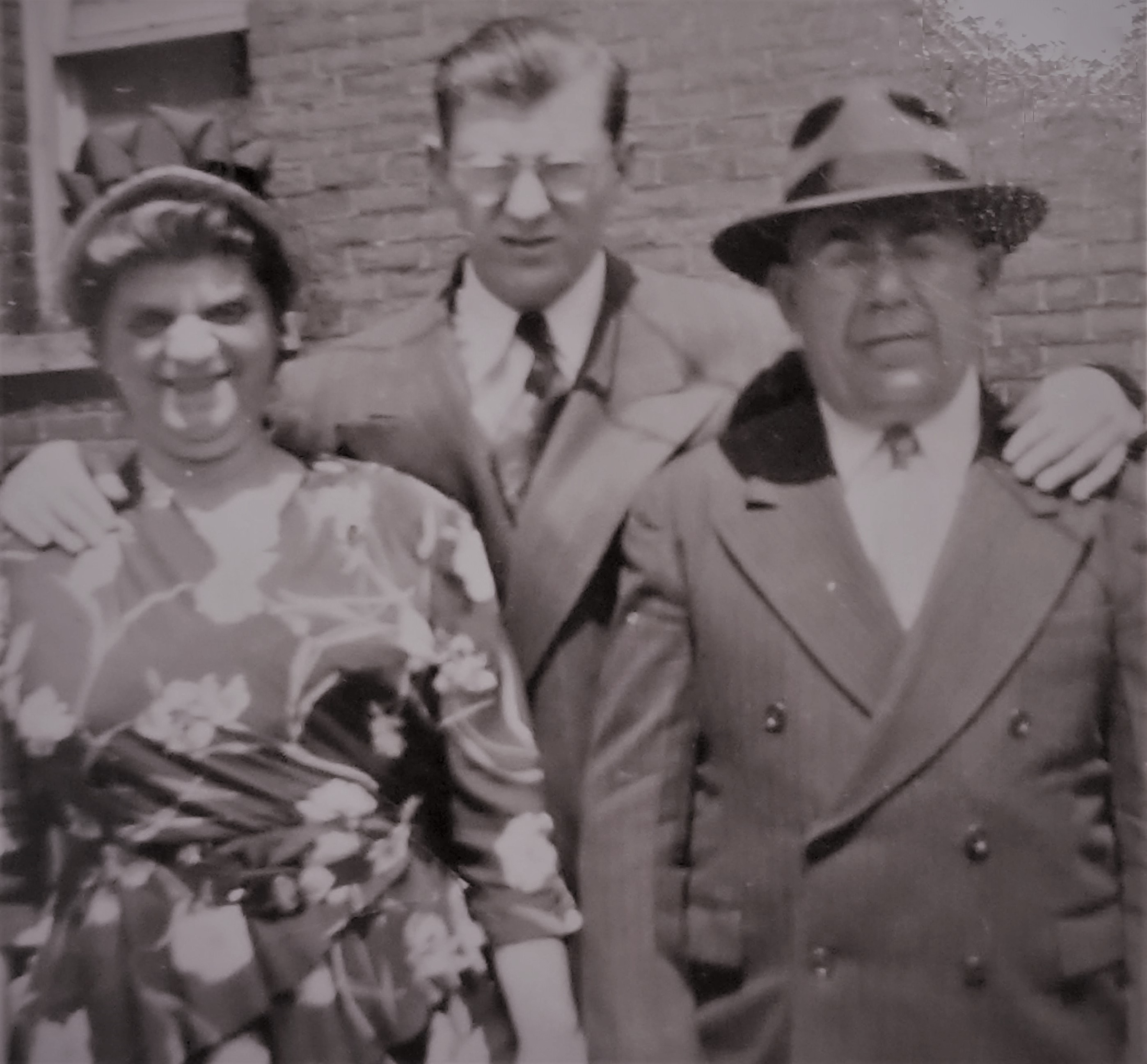Shedding Light on the Wuhan Coronavirus

As we in the United States grapple with widespread flu, alarming headlines about the newest lethal coronavirus, called the Wuhan coronavirus or the new or novel coronavirus (2019-nCoV), initially reported on December 31, 2019, in Wuhan, China, have been appearing daily in publications globally. Although the World Health Organization (WHO) has declared it a public health emergency of international concern (PHEIC), is it really a direct threat to us here in the States? The Where What When thanks Dr. Robert Edelman, Professor Emeritus of Medicine at the University of Maryland School of Medicine in the Center for Vaccine Development and Global Health, for graciously sharing his knowledge of this virus and its potential threat to us.














